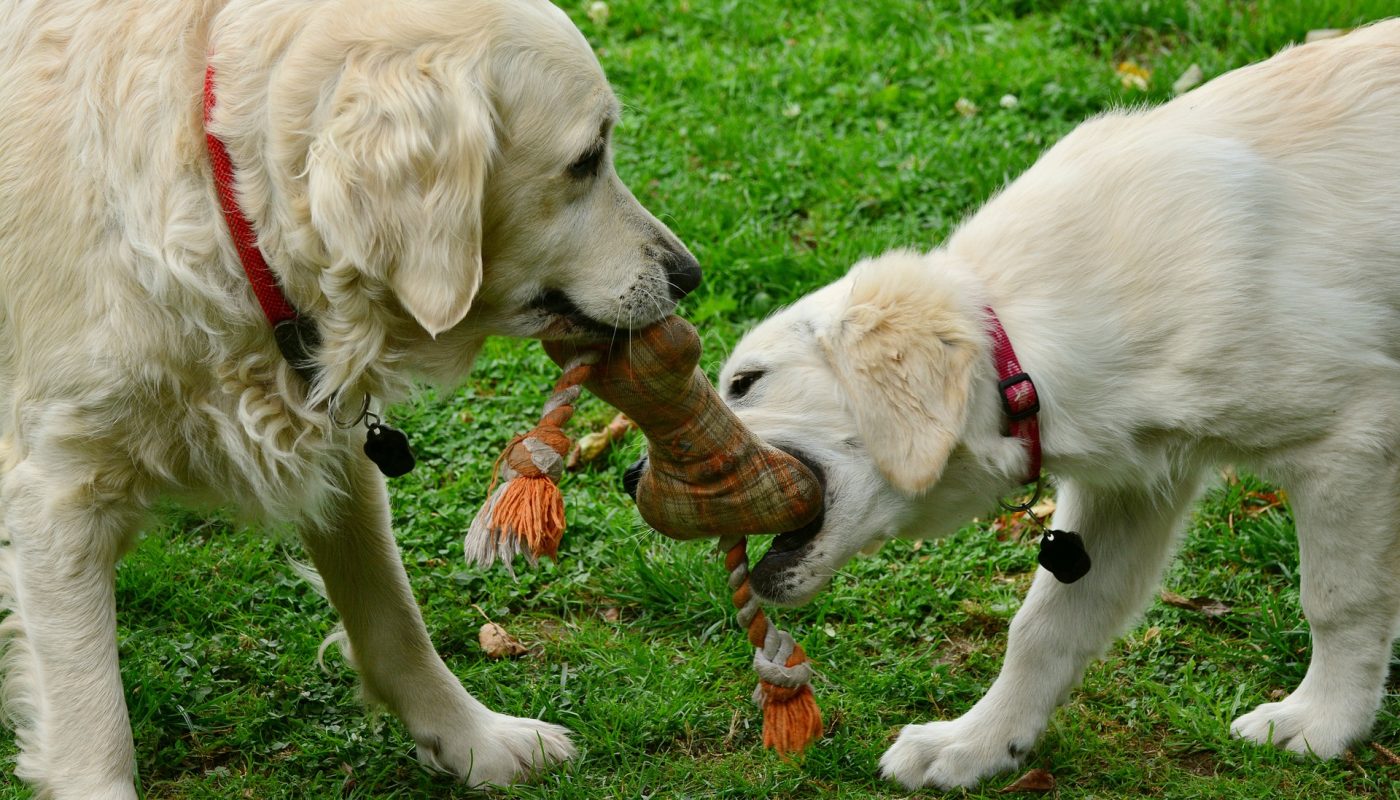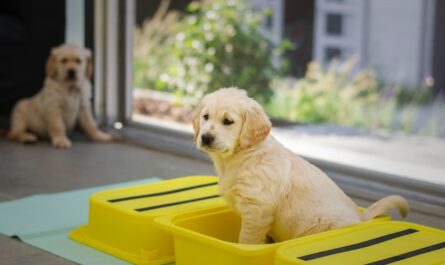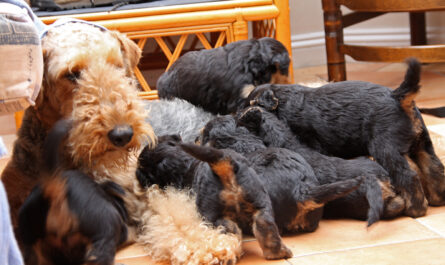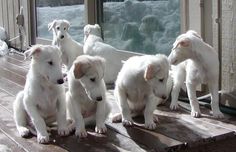Dog photography is a popular niche that can be both challenging and rewarding. Capturing the perfect moment in dog photography requires an understanding of not only photography techniques but also dog behavior and body language. A great dog photo can be a cherished memory for pet owners, so it’s important to get it right. In this article, we’ll provide you with tips and tricks for capturing the perfect moment in dog photography. From understanding your subject to choosing the right location and equipment, we’ll cover all the key elements that go into creating stunning dog photos. Whether you’re a professional photographer or an amateur looking to improve your skills, this guide is for you. So grab your camera and let’s get started!
II. Understanding Your Subject: Dogs
To capture the perfect moment in dog photography, it’s important to have a good understanding of your subject. Dogs are unique animals with their own personalities, behaviors, and physical features. Here are some tips for getting to know your subject and capturing their best side:
Observe Their Behavior: Spend some time observing dogs in their natural environment to understand their behaviors and tendencies. This will help you anticipate their movements and capture them in action.
Connect with Them: Building a connection with your subject is key to capturing their personality. Spend some time playing with and interacting with the dog before the photo shoot to establish a rapport and make them feel comfortable.
Know Their Physical Features: Understanding a dog’s physical features and breed characteristics can help you capture its best angles and features. For example, a long-haired dog may benefit from a wind machine to show off their flowing locks, while a short-nosed breed like a bulldog may benefit from angled shots to avoid capturing unflattering wrinkles.
Use Treats and Toys: Using treats and toys can help grab a dog’s attention and encourage them to pose or perform specific actions. Keep a few on hand to reward good behavior and capture candid moments.
By taking the time to understand dogs and their unique characteristics, you can better capture their personalities and create stunning photos that truly capture the essence of your subject.
II. Setting the Scene: Location and Lighting
The right location and lighting can make all the difference in dog photography. Here are some tips for setting the scene and capturing stunning shots:
Choose the Right Location: The location you choose can greatly impact the mood and feel of your photos. Consider the dog’s personality and breed characteristics when selecting a location. For example, a high-energy dog may benefit from an outdoor park with lots of space to run, while a small dog may be more comfortable in a studio setting.
Pay Attention to Lighting: Good lighting is essential for creating beautiful dog photos. Avoid harsh, direct sunlight that can create harsh shadows and cause dogs to squint. Instead, opt for soft, diffused lighting that creates a natural, flattering glow. Early morning or late afternoon are typically the best times for outdoor photoshoots.
Set Up the Scene: Once you’ve selected a location and lighting, it’s time to set up the scene. Consider the dog’s personality and breed characteristics when choosing props and backdrops. For example, a playful dog may benefit from a colorful, fun background, while a regal breed like a Great Dane may look best against a simple, elegant backdrop.
Be Patient and Flexible: Dogs can be unpredictable, so it’s important to be patient and flexible during photoshoots. Take breaks as needed and be willing to adapt your approach to get the shots you want.
By selecting the right location, paying attention to lighting, setting up the scene, and being patient and flexible, you can create stunning dog photos that capture the essence of your subject.
IV. Composition and Framing
Composition and framing are crucial elements of photography that can help you create visually stunning images. Here are some tips for achieving the perfect composition and framing in dog photography:
Rule of Thirds: The rule of thirds is a classic composition technique that involves dividing the image into thirds both horizontally and vertically. Place the subject of the photo at the intersection of the lines for a more visually pleasing image.
Symmetry: Symmetrical composition involves balancing the image by placing the subject in the center. This technique works well for formal portraits or shots that emphasize the dog’s symmetry and beauty.
Depth of Field: Depth of field refers to the area of the image that is in focus. Shallow depth of field can create a dreamy, soft focus effect that draws attention to the subject, while the deep depth of field is ideal for capturing landscapes or large groups of dogs.
Framing: Framing involves using elements in the scene to frame the subject, such as a doorway or window. This can create a sense of depth and add interest to the image.
Angles: Experimenting with different angles can create unique and visually interesting photos. Try shooting from a low angle to capture the dog’s perspective, or from a high angle for a bird’s-eye view.
By incorporating composition and framing techniques into your dog photography, you can create visually stunning images that capture the essence of your subject.
V. Camera Settings and Equipment
The right camera settings and equipment can make a huge difference in the quality of your dog photography. Here are some tips for selecting the right equipment and camera settings for dog photography:
Select the Right Camera: While a high-end camera can certainly help you capture stunning images, it’s not necessary for great dog photography. A mid-range DSLR or mirrorless camera can work just as well, as long as you know how to use it effectively.
Choose the Right Lens: The right lens can help you capture stunning portraits of your dog. A portrait lens, such as a 50mm or 85mm prime lens, can create beautiful bokeh and shallow depth of field, while a wide-angle lens can capture sweeping landscapes or larger groups of dogs.
Set the Aperture: The aperture controls the amount of light that enters the camera and affects the depth of field. For portraits, use a wide aperture (low f-stop number) to create a shallow depth of field and blur the background. For landscapes or large groups of dogs, use a narrow aperture (high f-stop number) to ensure everything is in focus.
Adjust the Shutter Speed: The shutter speed determines how long the camera’s sensor is exposed to light. A faster shutter speed is ideal for capturing action shots or dogs that are constantly on the move, while a slower shutter speed can create a dreamy, soft effect.
ISO: The ISO setting controls the camera’s sensitivity to light. Keep the ISO as low as possible to avoid grainy, noisy images.
By selecting the right camera and lens, setting the appropriate aperture and shutter speed, and adjusting the ISO, you can capture stunning photos of dogs that showcase their unique personalities and characteristics.
VI. Interacting with Your Subject: Building Trust and Encouraging Engagement
Developing a relationship with your subject is one of the most crucial aspects of taking fantastic dog photos. Here are some suggestions for engaging dogs and getting them to look into the camera when you’re photographing them:
Dogs can be unpredictable, so it might take them some time to become used to you and the camera. Let them acclimate to their surroundings gradually and with patience.
Utilize Treats: Dogs can be encouraged to gaze at the camera or strike a posture with the help of treats, which are terrific motivators. Employ little, chewy goodies that won’t draw the dog’s attention away from what needs to be done.
Get on Their Level: Shooting from the dog’s eye level can create a more intimate and engaging image. Lie down on the ground or use a low-angle shot to capture the world from their perspective.
Use Toys: Toys are another great way to get dogs to interact with the camera. Use a squeaky toy or a favorite ball to get the dog’s attention and encourage them to engage with the camera.
[simple tip – train catches a ball and captures the best photo with a toy.
Be Gentle: Dogs are sensitive creatures, and it’s important to be gentle and patient when working with them. Avoid sudden movements or loud noises that could startle them, and be respectful of their boundaries.
By building trust and engaging with dogs in a gentle and patient manner, you can capture authentic and engaging photos that showcase their unique personalities and characteristics.
VII. Post-Processing and Editing
It’s time to edit and improve your dog photography images once you’ve taken them in order to bring out the finest in each one. Here are some suggestions for editing and post-processing dog photos:
Choose the Correct Software: There are various software options for altering images, from free web tools to applications of the highest caliber. Choose a piece of software based on your needs and level of expertise.
Exposure and color changes can be used to fix any lighting or color problems in the image. Boost the image’s brightness and contrast, or play with saturation to bring out the colors.
Remove Distracting Elements: Eliminate any elements from the picture that detract from the main subject. Use the crop or clone tools to get rid of extraneous elements or eye-catching aspects.
Sharpen and Enhance Details: Use the sharpening tool to highlight particulars in the image, such as the dog’s fur and texture. Moreover, you can produce a narrow depth of field effect by using the blur tool.
Using filters and presets can be a quick and simple method to improve your dog photos. For a distinctive appearance and feel for your images, use black and white or vintage filters.
You can improve the caliber and aesthetic effect of your dog pictures by utilizing these post-processing methods.
VIII. Putting It All Together: Tips for a Successful Dog Photography Session
After learning about the various facets of dog photography, it’s time to put everything into practice for a productive photo shoot. The following advice will help to guarantee that your dog photography session goes smoothly and produces excellent results:
Plan ahead: Decide on the venue, the time frame, and any props or accessories you’ll need before the session. Make sure you know exactly what you want to accomplish with each photo.
Have in mind that dogs can be unpredictable and may not always abide by your wishes. Be patient and give them time to investigate and become at ease in their surroundings. Take breaks as needed to keep them from becoming overly exhausted or restless.
Use Positive Reinforcement: Reward your subject with treats, praise, or toys to encourage positive behavior and engagement during the shoot. This will also help build trust and make the session more enjoyable for both you and the dog.
Stay Alert: Be ready to capture spontaneous moments and movements that may make for great shots. Keep your camera ready and pay attention to the dog’s body language and behavior.
Have Fun: Above all, remember that dog photography should be a fun and enjoyable experience for both you and the dog. Take the time to enjoy the process and capture the unique personality and spirit of each subject.
By following these tips, you can create a positive and productive environment for your dog photography sessions, resulting in high-quality and memorable images.
IX. Conclusion
Dog photography is a fun and rewarding way to capture the unique personality and character of your furry friends. By understanding your subject, setting the scene, mastering camera settings, and building trust and engagement, you can create stunning and memorable photographs that truly capture the essence of your canine companions.
Whether you’re a professional photographer or just starting out, the tips and techniques outlined in this article can help you take your dog photography to the next level. Remember to always be patient, stay alert, and have fun during your photo sessions.
With practice and perseverance, you can create a portfolio of dog photography that you can be proud of and that showcases the love and joy that dogs bring into our lives. So grab your camera, find your furry muse, and start snapping those perfect moments today!



